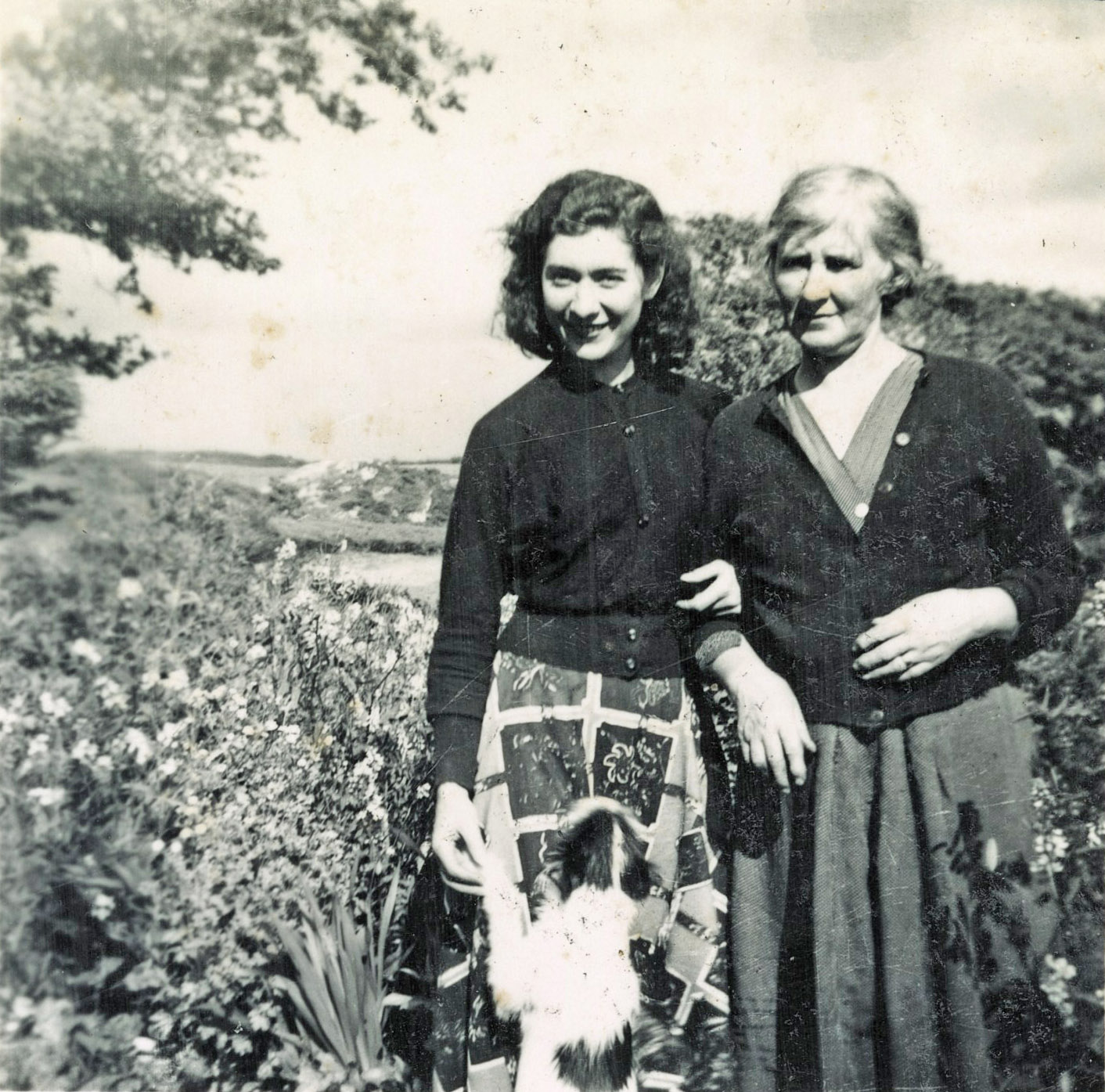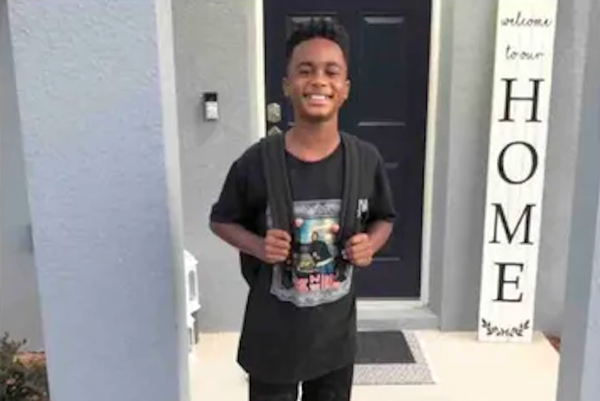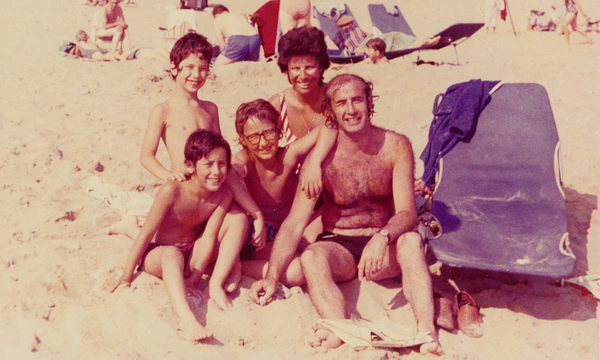
Clair Wills’s Missing Persons, or My Grandmother’s Secrets is a stealthy, powerful reckoning not just with her own family history but also with modern Ireland and her own authority.
Never mind that Wills is a Regis professor of history at Cambridge University, deeply steeped in Irish literature and culture, whose books include the much-lauded Lovers and Strangers: An Immigrant History of Post-War Britain (2017), an intimate epic that proved she’s highly skilled at narrating the big sweep of history through personal stories. Wills isn’t flashing any of those credentials in this latest book; instead, she wrestles with her right to probe her family’s secrets, let alone share them with the world.
Born in South London in the early 1960s to an Irish mother and an English father, Wills describes herself as “a not-quite-fully Irish person.” There’s no question, however, that her maternal grandmother Molly was Irish. Born in 1891 into a large Catholic family in County Cork, she died in 1980, only a few miles from where she was born. Of the seven of her family’s thirteen children who grew to be adults, four emigrated to the United States. One of Molly’s distant cousins was Michael Collins, the Irish Republican Army revolutionary who was killed during the Irish civil war of the 1920s, the decade Molly married Tom — a Protestant who converted to Catholicism — and started having children.
Missing persons — dead or lost children, relatives who moved away or died young — further mark Wills’s maternal family as typically Irish. As children, she and her sisters spent summers on her grandmother’s farm where she intuited early that “a lot of important people weren’t present, and weren’t talked about, but that didn’t make them any less important.” The stories passed down usually came with holes and secrets embedded in them.
The first “dead baby story” Wills heard was about “Mary who died,” Molly’s second child, who drowned in a well in 1924 when she was not yet two years old. When the baby’s father returned home Molly and her mother told him that Mary “had become suddenly ill and died.” The death certificate registers the cause of death as “probably croup.” Throughout, Wills is alert to the slippery terrain where stories, secrets and documented history diverge or overlap.
As with most family stories pieced out to her, Wills “cannot remember when” she first heard that she had a “lost cousin” named Mary, the child of her uncle Jackie, though she can remember that it was her aunt Peggy who first told her when she was “on a visit home.” In this version, Mary was born in a “mother-and-baby home,” went to an industrial school and later moved to England, where she died in a car accident.
Over the years, crucial details accrue. From her mother Philly she learns that Molly reacted to the news that Jackie had got their neighbour pregnant by experiencing “a sort of breakdown that everyone called a stroke.” Molly was never going to accept Lily, who she considered to be of “poor stock.” Jackie, who had been expected to take over the family farm, moved to England.
In 1955, Lily gave birth to Mary in Bessborough, one of the largest mother-and-baby homes in Ireland. Mother and child stayed there for an unusually long four years because, as Wills discovers, Lily’s “withered arm” was taken as a sign of genetic inferiority and Mary was therefore not “adoption material.” The two lived in a “network of institutions run by the Sisters of Mercy,” part of a wider system of state-funded, religious-run institutions that endured into the late 1990s. By that time Molly was dead, having committed suicide in 1980.
Most readers will be at least vaguely familiar with the wider history here, traced and exposed first by the Commission to Inquire into Child Abuse, which culminated in the damning five-volume Ryan report in 2009. Then, in 2013, following the release of a report into the Magdalene Laundries, the Irish government officially recognised the state’s guilty role in the “enslavement” of more than 10,000 women and girls, who between 1922 and 1996 were sent to the church-run laundries against their will as punishment for their allegedly amoral behaviour, among them many young unmarried mothers.
Next came the shocking revelation in 2014 that the bodies of nearly 800 babies and small children had been deposited over the decades in the septic tank of a mother-and-baby home run by nuns in County Galway. The span and outcome of the subsequent Commission of Investigation into Mother and Baby Homes and Certain Related Matters — initiated by the government in 2015 and reporting in October 2020 — dovetailed with Wills’s own research into her missing cousin. It was a process she is refreshingly frank about. Rather than a “natural unfolding,” the story of Mary gradually emerged from “stops and starts and dead ends and subterfuge.”
Wills “didn’t wait patiently” for the commission’s findings, and when they finally came she read the report’s almost 3000 pages “as though it was a document about my family.” She found plenty of evidence about Bessborough, but it was still “hard to fill out the outline of [Lily’s and Mary’s] lives without a single word from them about how they felt.”
What is most striking for Wills (and once the report was released she was hardly alone in this) is a truth she had been grappling with since she first discovered, around 1989 or 1990, her grandmother’s complicity in Mary’s fate. The families of missing children were in on it. They had colluded with institutions “for decades to keep these children hidden.”
Even more so than the institutions, though, it was the families like her own who “bore most of the cost of this bogus division between the legitimate and illegitimate, between people who counted and people who didn’t, even if they didn’t recognise it then.”
Missing Persons opens with Wills evoking “history as a long line of bodies, stretching back through time… all women, heavy with child.” She nests inside this history as a member of a postwar generation of siblings and cousins whose own “illegitimate” children were welcomed into their wider family: the “difference that thirty years made to the outcome of unmarried motherhood was so stark.”
As a historian, Wills briskly and astutely accounts for these changes, and for the circumstances in which Molly and other older members of her maternal family acted. She expertly weaves the formation of modern Ireland into the fabric of their lives. She asks good questions of the past, and interrogates received narratives and representations at every turn.
In one of her most arresting chapters, she turns her attention and imagination to the men in her family, contemplating their lives and her memories of them against popular representations of the emigrant worlds of Irish men who, in “almost a rite of passage,” went to England to do labouring. Hitherto shadows in her account, Wills brings them to the foreground as another set of missing persons. Among them is Jackie, Mary’s father, “the most missing person of all in this story.”
By drawing attention to the limits of historical understanding Wills expands how history can be told. At different points, she describes herself as an outsider, a spy, an accomplice and a ghostwriter, “compelled to tell a story on behalf of ghosts, that even the ghosts don’t understand.” But she also comes to realise that her own “sense of illegitimacy” was key to “how I must construct my story if I am to tell it right.” It is her capacity to move beyond and behind the official historical record to describe how a national shame manifests in families, including in herself, that makes Missing Persons, or My Grandmother’s Secrets such a distinctive and satisfying reading experience. •
Missing Persons, Or My Grandmother’s Secrets
By Clair Wills | Allen Lane | $45 | 208 pages
The post Spy, accomplice, ghostwriter appeared first on Inside Story.










